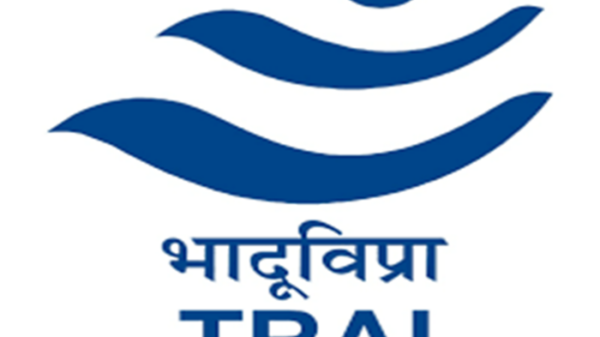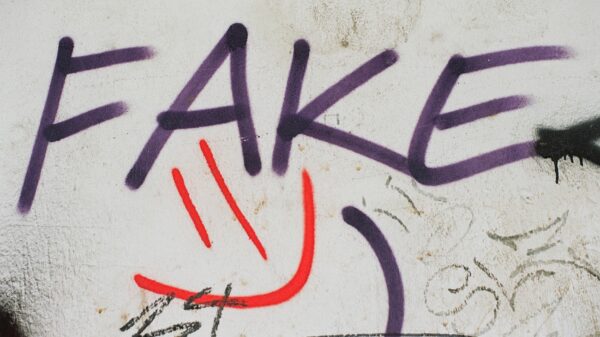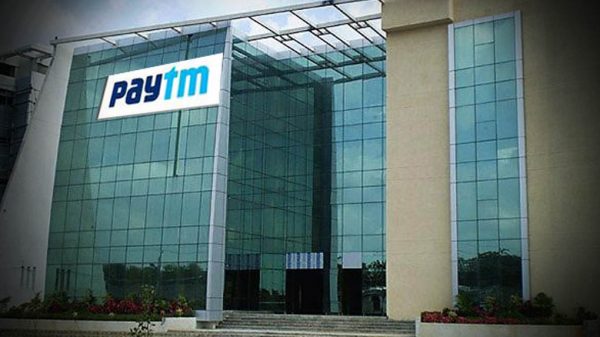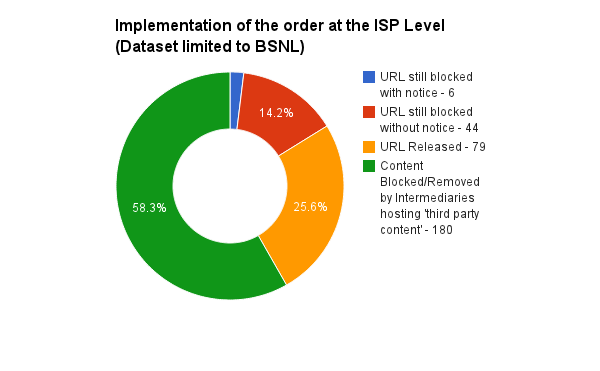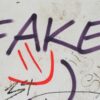By Snehashish Ghosh, Policy Associate at the Centre for Internet and Society, Bangalore. Reproduced with permission from the CIS-India blog.
Snehashish Ghosh does a further analysis of the leaked list of the websites blocked by the Indian Government from August 18, 2012 till August 21, 2012 (“leaked list”). Read the previous post by Pranesh Prakash here.
Unnecessary Blocks and Mistakes:
- http://hinduexistance.files.wordpress.com/…, which appears on the leaked list, does not exist because the URL is incorrect. However, the correct URL does contain an image which, in my opinion, can be considered to be capable of inciting violence. It has not been blocked due to a spelling error in the order. Instead of blocking hinduexistence.wordpress.com/… the DoT has ordered the blocking of hinduexistance.wordpress.com/…, which does not exist.
- Two URLs in the block order are from the website of the High Council for Human Rights, Judiciary of the Islamic Republic of Iran. The reason for blocking these two links from this particular website is unclear.
- The website of the Union of NGOs of the Islamic World was blocked. Again, the reason for blocking this website remains unclear.
- URLs such as, http://farazahmed.com/…, mumblingminion.blogspot.com, were blocked. The content on these URLs was in fact debunking the fake photographs.
- Certain blocked Facebook pages did not have any bearing on the North East exodus which was the main reason behind the blocks. For example, Facebook link leading to United States Institute for Peace page was blocked.
Duration of the Block
The Department of Telecommunications (DoT) did not specify the period for which the block has been implemented in its orders. As a result of which certain URLs still remain blocked while a majority of the links in the leaked list can be accessed. Lack of clear directions from the DoT has resulted in haphazard blocking and certain internet service providers (ISPs) have lifted the block on certain links whereas some other ISPs have continued with a complete block.
How have the intermediaries reacted to the block orders?
Going by the leaked list of websites blocked by DoT, it issued the block orders to ‘all internet service licensees’. Intermediaries that do not fall in the category of ‘internet service licensees’ were also sent a separate set of requests for taking down third party content. However, it is unclear under which provision of the law such request was made by the Government.
Internet Service Licensees
The internet service licensee or the ISPs have not followed any uniform system to notify that a particular URL or website in the leaked list is blocked according to DoT’s orders. The lack of transparency in the implementation of the block orders, have a chilling effect on free speech.
For instance, BSNL returns the following messages:
“This website/URL has been blocked until further notice either pursuant to Court orders or on the Directions issued by the Department of Telecommunications” or “This site has been blocked as per instructions from Department of Telecom (DOT).”
However, these messages are not uniform across all the URLs/websites in the leaked list. BSNL does not generate any response for the majority of the URLs in the leaked list. This results in ‘invisible censorship’ as the person who is trying to access the blocked URL does not have any means to know whether a particular URL is unavailable or certain sites are blocked by government orders.
Lack of notification does not only infringes upon the fundamental right to freedom of speech and expression but also violates the fundamental right to a constitutional remedy guaranteed under Article 32 of our Constitution. The person aggrieved by such block orders cannot approach the Court for a remedy because there is no means to figure out:
(a) Description of the content blocked?
(b) Who has issued the block order/request?
(c) Under which provision of the law such block order/request has been issued?
(d) Who has implemented the block order/request? and
(e) What was the reason for the block?
The intermediaries should provide with the above notification details while implementing a block order issued by the Government.
Intermediaries hosting third party content:
More than 100 out of the 309 blocks are Facebook (http and https) URLs. Facebook has not informed its users about the reasons behind unavailability of certain pages or content. This is another instance of invisible censorship. However, YouTube, a Google service, has maintained certain level of transparency, and informs the user that the content has been blocked as per ‘government removal request’. It is interesting to note that certain YouTube user accounts were terminated as well. It is unclear whether this was as a result of the block order. Furthermore, links associated with blogger.com, which is another service provided by Google, have been removed.

